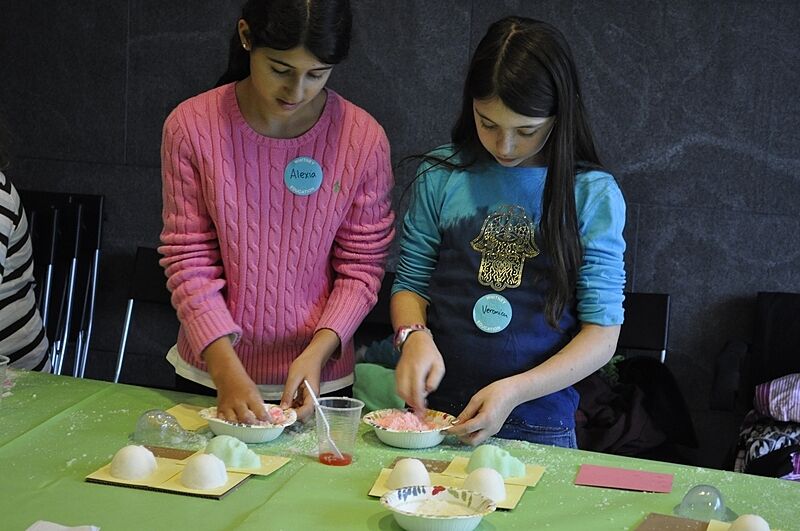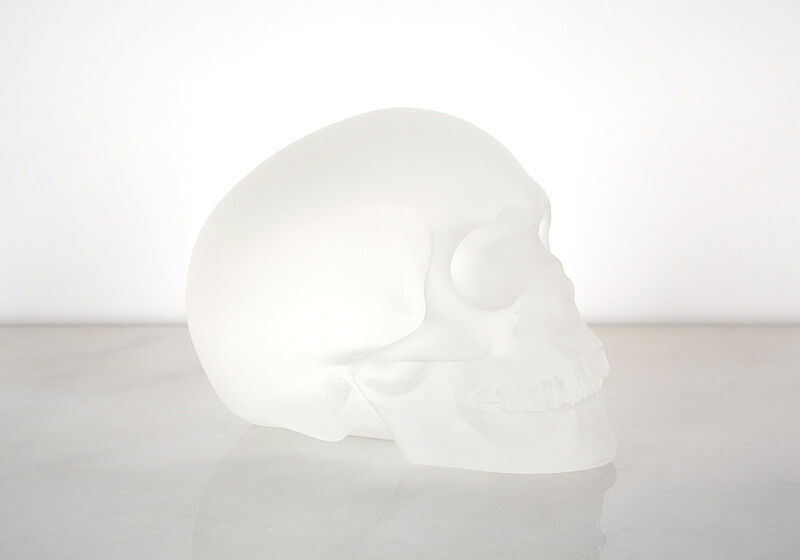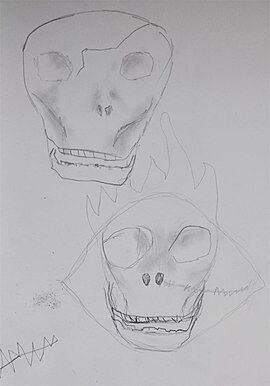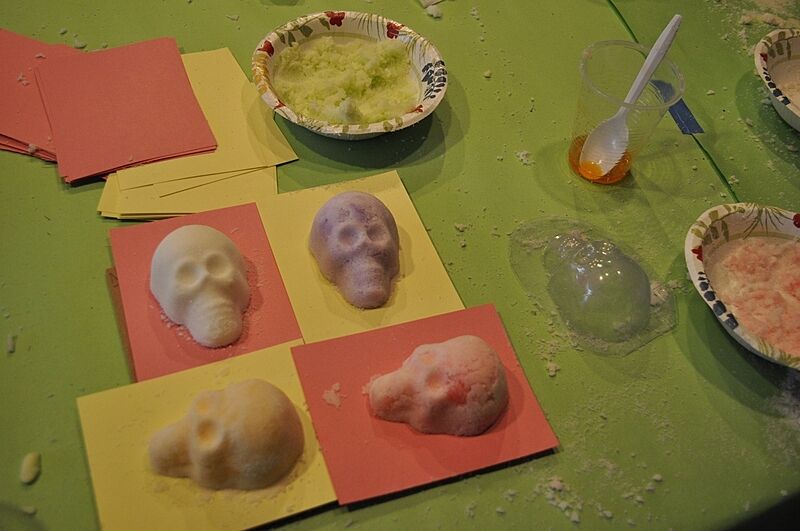Art School: Interpreting Sculpture
Feb 9, 2012
In January, Art School participants explored the exhibitions David Smith: Cubes and Anarchy and SHERRIE LEVINE: MAYHEM over three sessions. Art School is a studio-based course that aims to introduce kids ages 8 to 12 to trends in contemporary art, and to expand their ideas about what art can be. This month’s program introduced the participants to the complex issues of authorship and originality in Sherrie Levine’s work. During the three-week program, they discussed the works on view in the galleries, experimented with materials, and learned new techniques.
All Art School sessions provide the opportunity for young artists to further develop their own artistic practice. Students created miniature sugar skulls after seeing Levine’s recent cast-crystal skulls in the exhibition. The artist has interpreted the skull motif several times in her career using various media. Like the majority of her work, Levine reinterprets and represents this familiar image, altering its traditional meaning in the process. As she renders her skulls in crystal and displays them in elegant glass vitrines, Levine shows the skull as a symbol of museum-worthy beauty, calling attention to its associations with death and decay.
Just as Levine borrows and plays off the work of other artists, the students were asked to reinterpret Levine’s skulls. Each participant was asked to first draw a two-dimensional version of a skull before casting began. The activity encouraged the students to follow Levine’s frequent practice of translating two-dimensional images into three-dimensional objects.
The class then created their own skulls by mixing sugar, meringue powder, and water and pouring the mixture into molds. Unlike Levine’s work which consists of identical skulls in identical glass vitrines, each sugar skull looked unique—students added food coloring as a final step, allowing for a degree of artistic originality. The class enjoyed this final step, as most students felt that borrowing ideas and elements from other artists is acceptable, but it is the changes you make that allow you to truly call it your own.
By Elizabeth Pisano, Education Intern




